2025 Volvo XC90 Facelift: Plugin hybrid, refine looks and more
Published On 18/2/2025, 10:23:23 am Author Mohit TanejaVolvo is going hybrid. They are serious about hybrid fuel systems. Their approach matches their goal of sustainability. 2025 Volvo XC90 facelift is a prime example of it's sustainability goals.
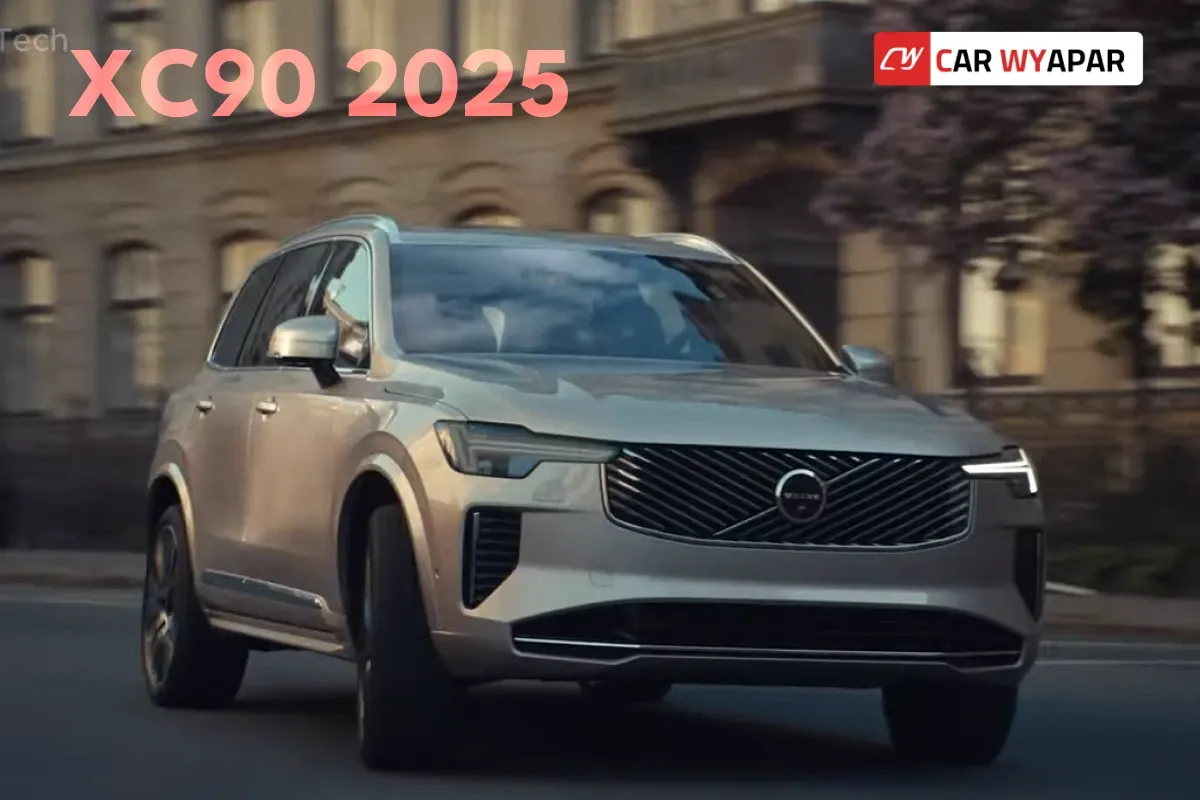
The 2025 XC90 features a refined front fascia with a new chrome grille and streamlined headlights, aligning its look with the electric EX90. The rear maintains its familiar design, preserving the model's iconic silhouette.
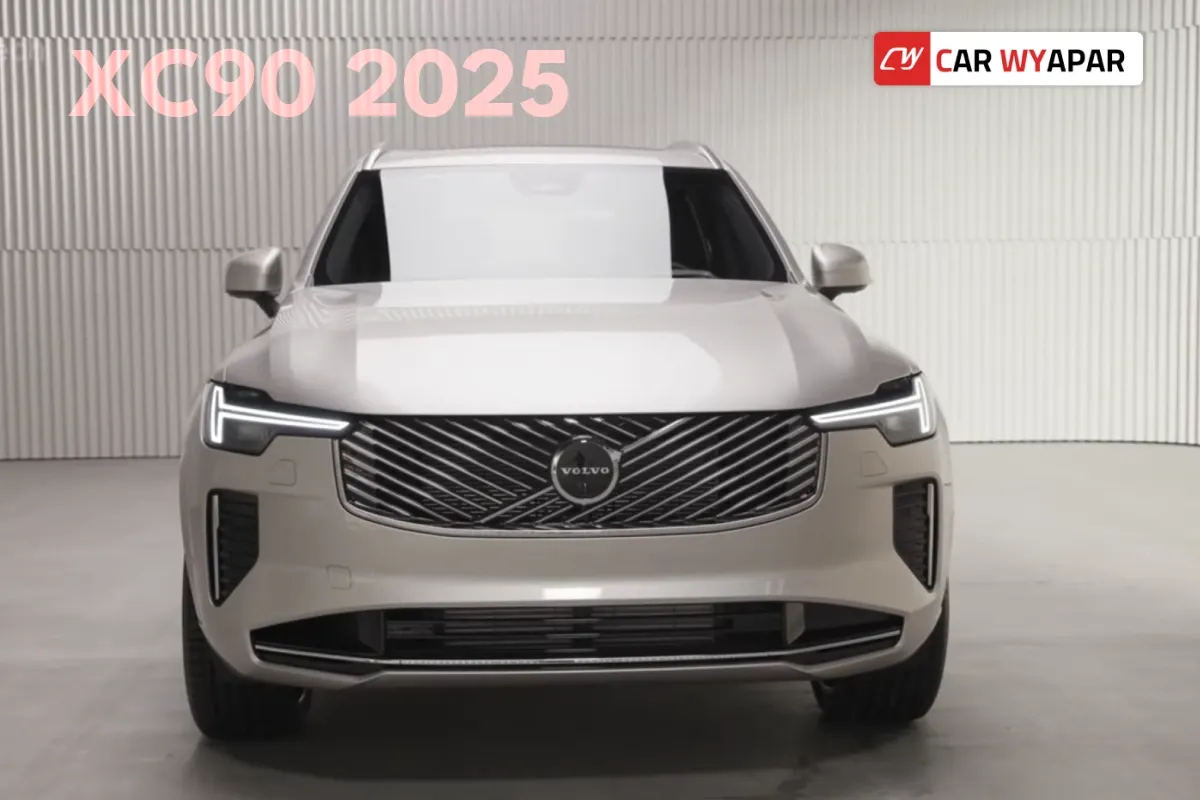
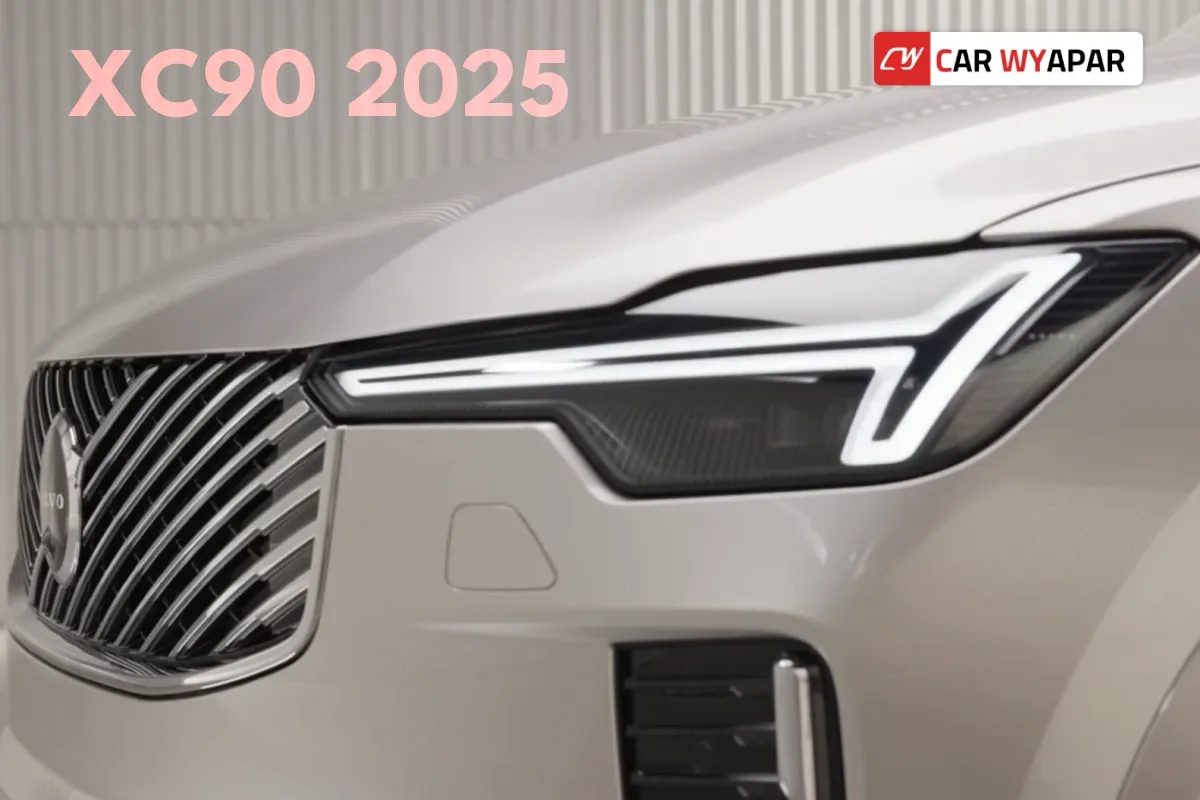
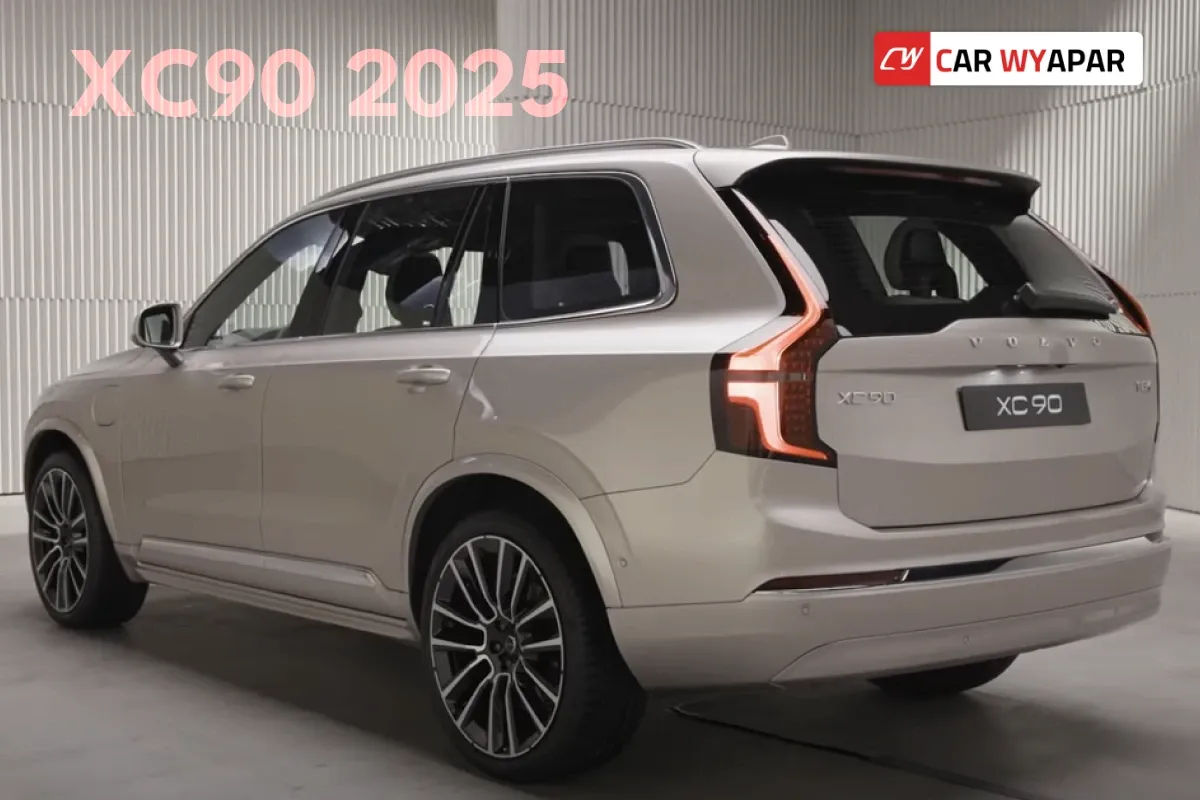
Inside, the XC90 offers a minimalist yet luxurious cabin. A new 11.2-inch touchscreen with an updated, Google-powered interface provides intuitive access to navigation and entertainment. The interior incorporates sustainable materials, reflecting Volvo's commitment to eco-friendly practices.
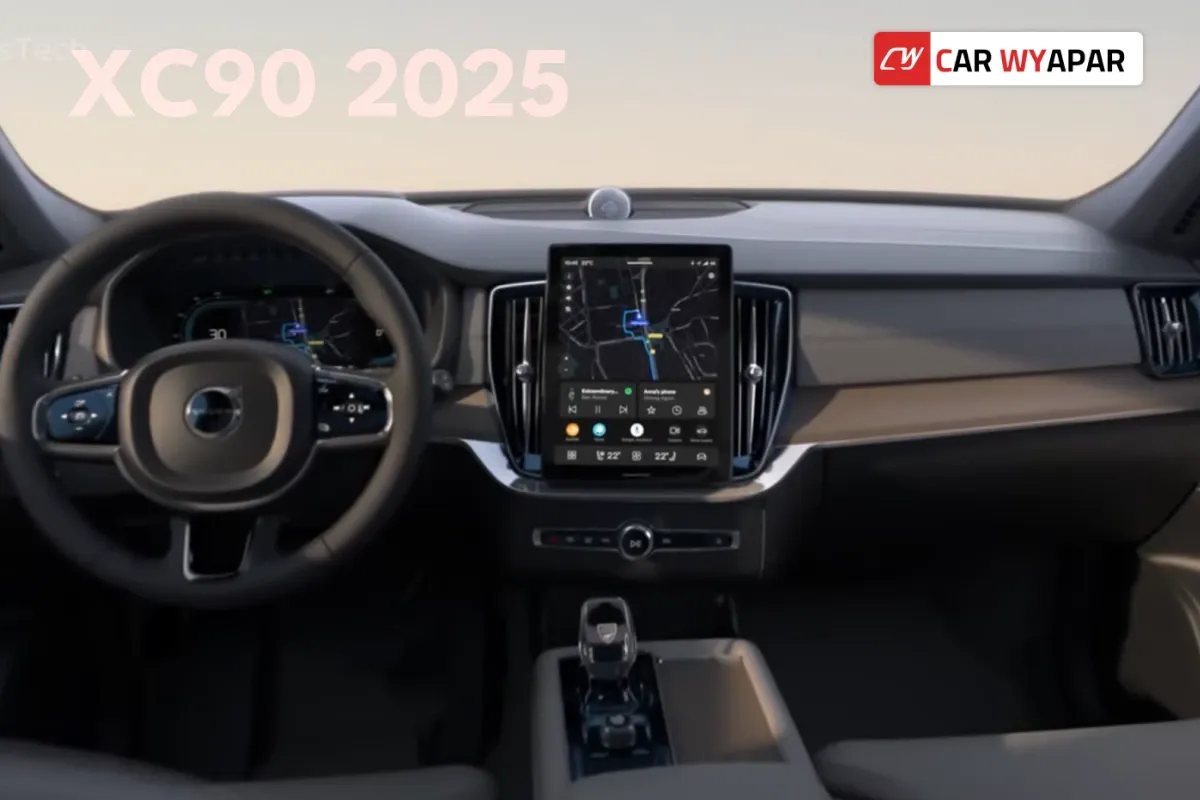
Powertrain Options
The XC90 continues with its versatile powertrain lineup:
Mild-Hybrid (B5): A 2.0-liter turbocharged engine delivering 247 horsepower, coupled with a 48-volt hybrid system for improved efficiency.
Plug-In Hybrid (T8): Combines a turbocharged engine with an electric motor, producing a combined 455 horsepower and offering up to 33 miles of electric-only range.
In India, the 2025 XC90 is set to launch on March 4, 2025. The model will be available in mild-hybrid and plug-in hybrid variants, with an expected starting price of around ₹1.05 crore (ex-showroom).
You might buy 3 Innova Hycross in the same price :| .
In 2019, Volvo became the first major premium car brand to offer a plug-in hybrid powertrain across all its models. This move provides consumers with eco-friendly options without compromising performance.
Recently, Volvo adjusted its strategy, now planning to include hybrid models beyond 2030. This decision reflects current market demands and infrastructure readiness.
Volvo's hybrid systems combine internal combustion engines with electric motors, reducing fuel consumption and emissions. This approach offers drivers flexibility and contributes to environmental sustainability.
















